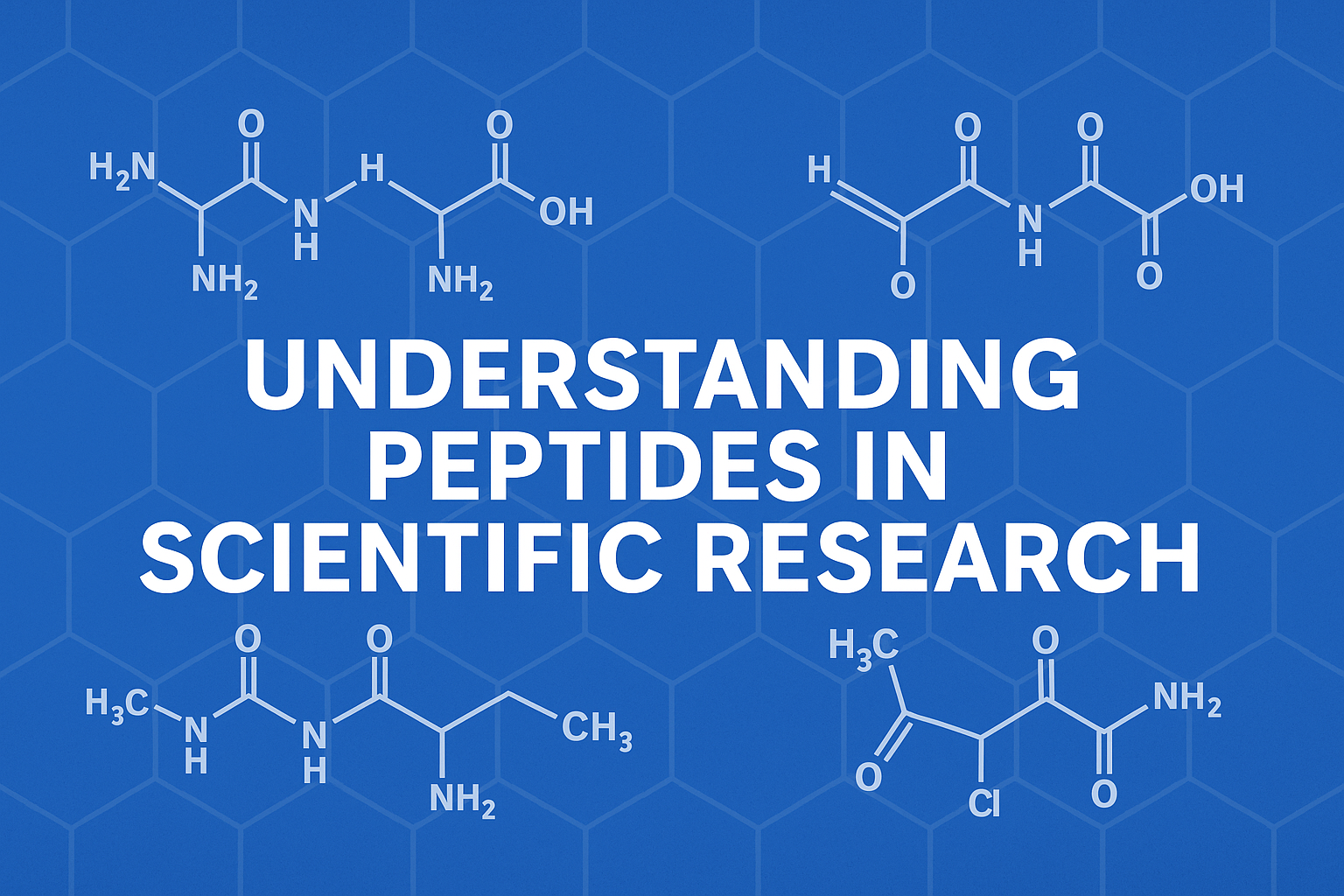
Blog
Understanding Peptides in Scientific Research

In laboratory settings across the world, synthetic peptides have become vital tools for studying cellular communication, molecular signalling, and protein synthesis. These short chains of amino acids can mimic, modify, or block specific biological processes—making them indispensable in modern biochemical and pharmaceutical research.
At Permagainz, we supply a broad range of high-purity peptides such as BPC-157, CJC-1295, Ipamorelin, TB-500, GHK-Cu, and IGF-1 LR3, all verified by HPLC and mass spectrometry. Every peptide is produced to ≥98 % analytical purity, sealed in sterile vials, and supplied strictly for research purposes only.
What Peptides Offer to Research
Peptides act as precise messengers within biological systems. In vitro, they allow scientists to:
- Explore enzyme–substrate interactions
- Examine receptor binding and signal transduction
- Investigate gene expression and cellular repair mechanisms
For instance, BPC-157 is often studied for its role in angiogenic signalling, while CJC-1295 and Ipamorelin are used to examine growth hormone-related pathways. These compounds help researchers better understand how short protein chains can influence cellular behaviour under controlled laboratory conditions.
Purity and Control Matter
Reliable data begins with reliable materials. Permagainz peptides are manufactured in ISO-certified facilities using solid-phase synthesis and verified by analytical testing. Each vial includes a Certificate of Analysis (CoA) confirming structure, purity, and batch number.
All products must be handled in accordance with laboratory safety procedures and local COSHH guidelines. They are not medicines, not dietary supplements, and must never be consumed by humans or animals.
Supporting Safe, Transparent Research
Our focus at Permagainz is simple: to supply consistent, verifiable materials that support the scientific community. Whether studying neuropeptides such as Selank, mitochondrial sequences like MOTS-C, or regenerative fragments including HGH Fragment 176-191, researchers can trust in our quality, transparency, and commitment to MHRA compliance.
Peptides remain one of the most dynamic fields in biochemical research—and with precise handling and ethical use, they continue to expand scientific understanding safely and responsibly.
